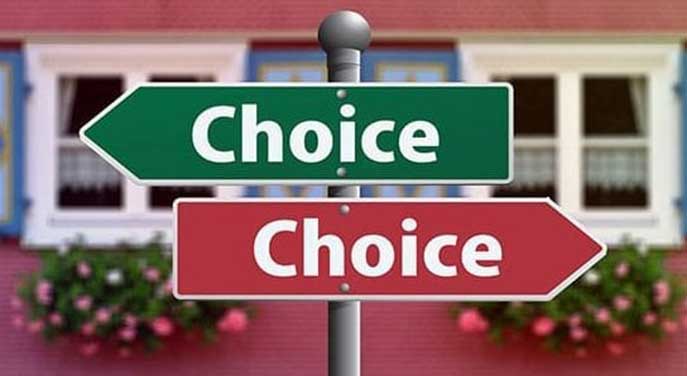 To referendum or not to referendum — that is not the only electoral reform question. The overall issue is ensuring the entire review process meets best-practice democratic standards.
To referendum or not to referendum — that is not the only electoral reform question. The overall issue is ensuring the entire review process meets best-practice democratic standards.
As Canada heads toward democratic reform, the first important question is the makeup of the committee of politicians who will lead the public consultation.
Normally, the Liberal majority would mean a majority of Liberals on all committees. However, no more than half the committee should be Liberal MPs to ensure they can’t just push through whatever system they want. The Liberals should have no concerns about giving up their majority on the committee given that Liberal House Leader Dominic LeBlanc has said voting system reform should have “broad support in Parliament.”
The committee should also undertake a “deliberative judgment” process as part of the “national engagement” the Liberals have promised. That is the best practice for meaningful public consultation. Either several large citizen assembly meetings should be held (as B.C. and Ontario did to review their voting systems) or small focus groups should be gathered across the country.
In either case, here are the ground rules that should be followed:
- a randomly selected, demographically representative group of Canadians should be consulted
- public servants or independent, non-partisan organizations should co-ordinate the process
- politicians and officials from all political parties must be prohibited from participating in any way
- an integrity auditor will be needed to hear complaints about violations of process rules
- all details about the process and results must be reported publicly before any policy decision is made.
As the Liberals promised during the 2015 federal election, the process should cover “a wide variety of reforms” – including the right to vote none-of-the-above (as voters in some provinces can do by declining their ballot), and the right to file complaints and have politicians penalized by an independent watchdog for unjustifiably breaking election promises.
When, ultimately, Canadians are asked what changes they support (if any), best-practice methods should be used. These methods don’t offer take it or leave it choices (which can be easily biased) but instead let people indicate their level of support for various options.
That public consultation, done properly, can produce a roadmap for change (if change is supported by most people) that is as democratically legitimate as a referendum result.
The difficulty with a referendum is the rules. What proposal should be on the ballot or should there be multiple, detailed proposals? Should a minimum national percentage of voters be required to vote – or in each province or region? Should politicians be allowed to campaign, using their public office funding and travel perks, or should their parties have to pay for any campaigning they do?
The Constitution guarantees a specific percentage of seats in the House of Commons from each province. So a strong argument can be made that at least a majority of voters in seven out of 10 provinces, representing 50 percent of the total population, should be required to approve any change.
If a referendum is not held, the same approval requirement should apply to any other vote on any change proposal.
The federal Referendum Act only requires a simple majority at a national level. It also has other undemocratic flaws that need to be corrected.
For example, the act democratically limits spending by individuals and groups (although the limit is unclear as it has not been properly updated), and it requires them to register as a “referendum committee” if they spend more than $5,000. However, it undemocratically allows for unlimited donations from businesses, unions and other organizations to the committees, and allows the committees to collude with each other.
This would allow businesses and other wealthy interests to set up many committees, and fund them all to spend the maximum allowed. In 2004, the Supreme Court of Canada upheld limits in the Canada Elections Act on interest group advertising spending, and colluding, during elections specifically to prevent wealthy interests from dominating a campaign. Similar limits should apply to any referendum.
Only by following best-practice democratic processes will we get the best, most widely supported, changes to our voting system. Canadians deserve such processes, not only for voting system reform but also for all the other real changes promised by the Liberals.
It’s the only way that the Liberals can fulfil their promises of a government that “better reflects the values and expectations of Canadians” and that “trusts Canadians” and makes “evidence-based” decisions.
Duff Conacher is the co-founder of Democracy Watch and a visiting professor at the University of Ottawa.
Duff is a Troy Media contributor. Why aren’t you?
The views, opinions and positions expressed by columnists and contributors are the author’s alone. They do not inherently or expressly reflect the views, opinions and/or positions of our publication.


